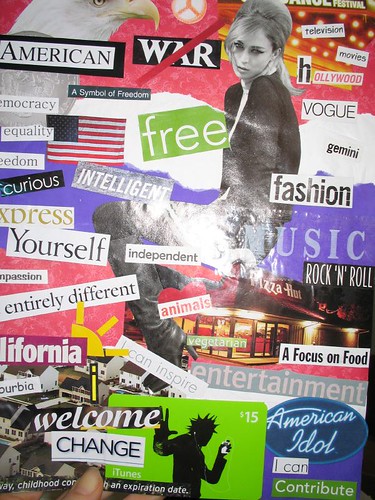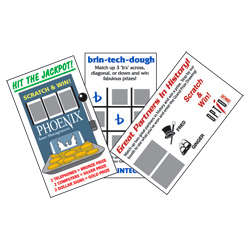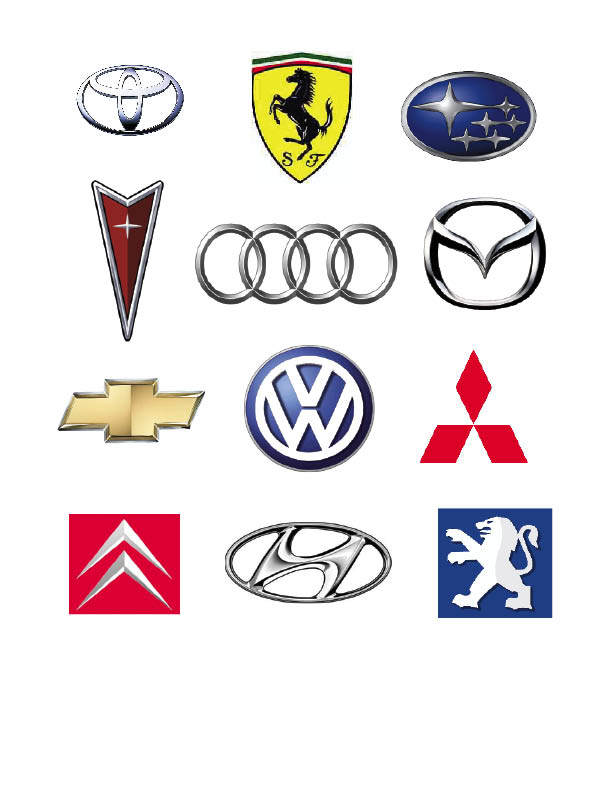 As a newbie in the world of marketing, it is hard for me to imagine how the industry functioned before the introductions of the Internet, TV, and cell phones. It must have been much simpler for marketers to communicate their messages to their target audiences, but they also lacked the extent of efficiency and information available to marketers in today’s society. But has some of the value of that information diminished in importance because of what author Guy Kawasaki refers to as, “information obesity?” When I came across an online article written by Kem Meyer and edited by Kawasaki the other day, I knew I had to dedicate a blog post to Meyer’s topic of discussion.
As a newbie in the world of marketing, it is hard for me to imagine how the industry functioned before the introductions of the Internet, TV, and cell phones. It must have been much simpler for marketers to communicate their messages to their target audiences, but they also lacked the extent of efficiency and information available to marketers in today’s society. But has some of the value of that information diminished in importance because of what author Guy Kawasaki refers to as, “information obesity?” When I came across an online article written by Kem Meyer and edited by Kawasaki the other day, I knew I had to dedicate a blog post to Meyer’s topic of discussion.
The premise of the article is that NONE of us are immune to the presence of information overload. Alvin Toffler coined the phrase, “information overload” to explain the phenomenon which occurs when individuals are presented with an excess amount of information and lose sight of the task(s) that they were originally trying to complete.
People are exposed to hundreds of thousands of marketing messages daily, so as a marketer, it has become increasingly tougher to break through the clutter and get your voice heard. There is a fine line between “over-selling”, which runs the risk of potentially offending end users and invading their personal space, and not being aggressive enough, which may cause a campaign to be ineffective and quickly forgotten.
Meyer provides valuable information about how marketers can maintain a happy medium, and I have taken the liberty of adapting a few of her recommendations to apply to the more specific marketing subset of promotional products.
1. Stick to the facts. Provide the necessary information to enable consumers to make a decision. In the promotional products industry, this can be applied by limiting the amount of text imprinted on a given item. For example, customizing a promotional pen with the name of your organization, phone number, and website address may be sufficient to drive sales.
2. Stick to the point. In my experience, this step cannot be emphasized enough. Meyer states, “Start with the end in mind before you take action.” As marketers, it is our job to inspire people to think and act in accordance with our desired objectives. If you are unsure of what you hope to achieve by executing a promotional products campaign, how can you expect your audience to follow through on your call to action?
3. Deflate your self-importance. There is a time and place for a sales pitch, and generally, promotional products are not appropriate vehicles on which to deliver lengthy monologues stuffed with industry-specific terminology. As Meyer eloquently explains, “Work hard to think like your audience to find ways to connect.” In the Healthcare industry, maybe this means tailoring a promotional healthcare products campaign to the needs of nurses, whose job descriptions and equipment often differ greatly from those of physicians or other medical providers. Take on a tone that demonstrates a clear understanding of these professionals and they are likely to appreciate the individual attention paid to them by your brand.
 interactive games are great ways to advertise a brand. Like bingo cards,
interactive games are great ways to advertise a brand. Like bingo cards,  Consider the logo pictured at left. What thoughts immediately came rushing to your mind upon seeing that particular image? Speed? Class? Luxury Vehicles? Even Germany, perhaps?
Consider the logo pictured at left. What thoughts immediately came rushing to your mind upon seeing that particular image? Speed? Class? Luxury Vehicles? Even Germany, perhaps?






